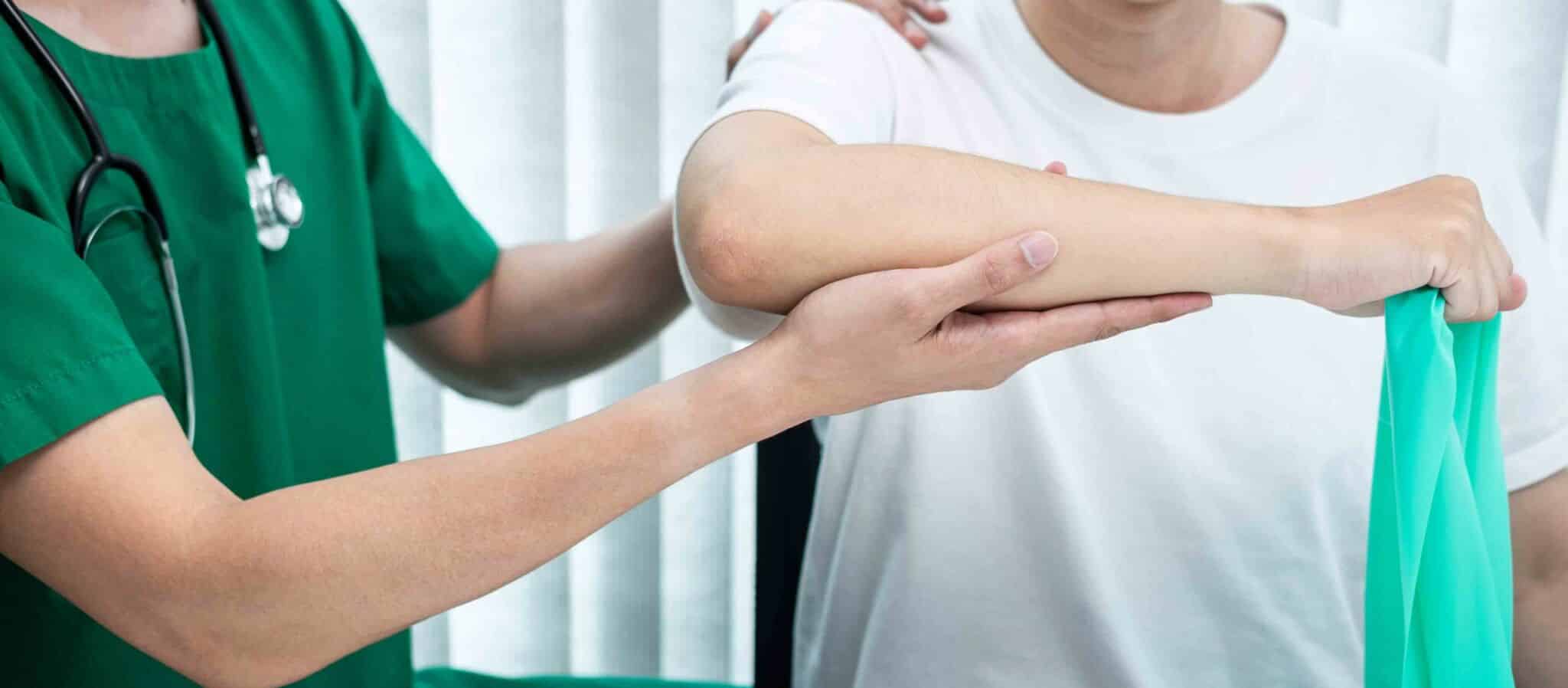
The First-level Short Specialisation Degree in Functional Re-Education, and Applied Posturology, Ergonomics and Biomechanics, provides transversal theoretical and practical competences. The course explores notions and tools concerning the evaluation, planning and implementation of preventive, functional recovery, and post-traumatic musculoskeletal programs. The Master objectives include providing competences and abilities on the ergonomic evaluation, at occupational level, and on how to plan and implement athlete competition resumption programs.
The Master in Functional, Posturological, Ergonomic and Biomechanical Re-education provides knowledge in the ergonomic and reductional field, with topics ranging from diagnostic imaging to biomechanics, posturology and anatomy, and reductional protocols, including return-to-play.
The professional figures formed may work as freelancers or as collaborator and/or employee in public and/or private facilities. Specifically, relevant professionals are Motor Sciences Graduates, called ‘Kinesiologists’, according to Legislative Decree no. 163 of 05 October 2022.
There are multiple career opportunities, based on the main topics covered by the Master (functional re-education, posturology, ergonomics and biomechanics). In this sense, the Kinesiologist, at the end of the course, will acquire cross-cutting kinesiology evaluation skills, even with advanced tools; biomechanical and posturological analysis competences; and expertise on physical training programs to improve physical efficiency, biomechanical, and organic function parameters.
At the end of the Master, Kinesiologists can choose to join a multidisciplinary team, ranging in many different contexts. By way of example, they may use their competences in a biomechanical lab, in a reductional centre to complete the functional recovery of patients suffering from musculoskeletal issues; they may take part in the functional reductional path for athletes in various sports disciplines, to improve their performance resumption; they may help improve their return-to-play path; they may work also at high-level motor, sports and competition activities for people with disabilities.
Purpose of the Master is also to integrate several competences to allow Kinesiologists to be part of a multi-disciplinary team, and obtain the greatest benefits for users.
The Master does not grant access to National Healthcare System professions that require a specific qualification. This professional profile cannot be aligned with healthcare professions pursuant to those specified by Interministerial Decree of 02/04/2001.
The First-level Master in Master in Functional, Posturological, Ergonomic and Biomechanical Re-education provides training on:
- Diagnostic imaging, digitalized biometry, instrumental exams
- Pathological anatomy fundamentals of tissue damage
- Clinical-therapeutic framing of musculoskeletal pathologies of the rachis, upper limbs, and scapulohumeral joints, pelvis and lower limbs
- A multi-disciplinary team and operational functional recovery models, in normal individuals and in athletes
- Biomechanical elements of the musculoskeletal system 1 (with practical training)
- Biomechanical elements of the musculoskeletal system 2 (with practical training)
- Biomechanics applied to functional evaluation 1 (with practical training)
- Biomechanics applied to functional evaluation 2 (with practical training)
- Fundamentals of ergonomics
- Analysis methods in posturographic evaluation
- Clinical posturology and training programming 1 (with practical training)
- Clinical posturology and training programming 2 (Belli)
- Anatomy and functional anatomy of the rachis
- Rachis functional re-education protocols (with practical training)
- Anatomy and functional anatomy of the scapulohumeral joint and the upper limbs
- Functional re-education protocols for the scapulohumeral joint and for the upper limbs (with practical training)
- Anatomy and functional anatomy of the pelvis and lower limbs
- Functional re-education protocols for the pelvis and for the lower limbs (with practical training)
- Functional re-education protocols in water (with practical training)
- Return to play – protocols and decision-making models.
The First-level Short Specialisation Degree’s Committee can recognize as credits acquired to complete the university Master’s – with corresponding reduction of the educational load required – the activities carried out at university and post-graduate level, up to 20 CFU, provided that they are consistent with the educational objectives and the contents of the Course, and the professional experiences documented, up to 12 CFU.
These recognitions can be cumulated up to 20 CFU for each career.
The general ranking of merit will be published on the Italian page of this Master according to the timing provided in the Call.

